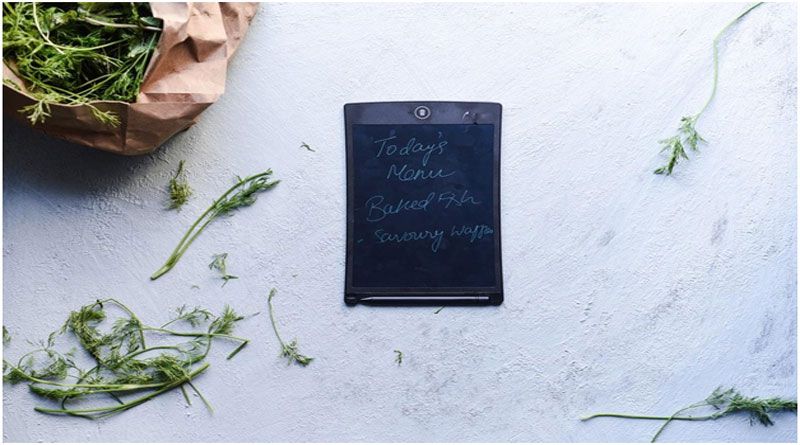At last, you’re on the verge of turning your long-lasting dream of being a restaurateur into a reality. Everything is in place, and you are finally ready to open your doors to greet the waiting masses.
However, a few days later, you realize that your clientele is not quite loving your offerings. For some reason, the items on the menu you were excited about are not getting the response and reaction you had envisioned.
This type of feedback should not deflate you; it should inspire you. Now you’re getting a finger on the pulse of the people that matter. To get the full picture of your present and future patrons’ culinary preferences, enlist a POS.
Reading Your Customers’ Minds
Even with experience in the business, it can be difficult to predict whether the dishes you’ve showcased on your menu will be a hit or miss with your customers. This is not an impossible mission; you can put technology to work to help you develop a menu your diners will fall in love with. And your point-of-sale system (POS) can help you collect and analyze the data that reflects your customers’ preferences and prepare meals that match them.
POS systems have significantly evolved and are no longer simply cash registers that record payments. They can help you gather real-time data from all areas of your operation from the front customer-facing end to the store and kitchen. Customer data you will be particularly interested in include: name and contact details, biodata, food allergies, and their favorite foods.
Other data you can expect from your POS includes front-of-house stats like how long your customers have to wait to receive their order and the average number of customers you get at a particular time. It can also give you info about kitchen operations, such as how long it takes to prepare a dish. You can even get more specific data like how long a prepared dish sits on the counter before taken to a table.
Leveraging Data
Your POS will provide you with info on the amount of each menu sold in a given period. You can then categorize this data according to the kind of meal- appetizers, main courses, desserts, snacks, etc. The data of how many units of each item on your menu were sold can be entered into a spreadsheet. This will make it easier for you to do a per-item analysis to see how profitable they are.
Find the cost of production for each item and measure this against the weekly sales. After doing this for all menu items, you can identify which are the most profitable. It will also help you discover if you have popular items with guests, but that may not make you as much money as they should.
For such, you may consider adjusting the price upward or doing all you can to reduce the cost of production. On the other hand, you may discover some menu items that are not so popular but could be very profitable if sold well. These can be repositioned on the menu to increase the chances of customers selecting them. This is how your POS can help you come up with creative restaurant and kitchen management solutions.
Diving into Details
The right POS will help you do more than help you present your guests with the right menu options. It will allow you to establish and identify the profitability of each of the items on your menu. You can then come up with a list of the most popular and most profitable menu choices. These are the options you should present in the area of the menu your guests look at first; the so-called golden triangle. In addition to putting the most popular items, you should consider introducing highly profitable meals but not popular in that area. This could prove to be a smart way of boosting your profits.
Another place your POS could provide insights is in the kind of extras your customers prefer. It will reveal the profitability of paid extras—extra cheese, extra bacon, etc. This information will help you determine which of them to include in the menu and position them on the menu.
A Profitable First Impression
Your menu contributes significantly to the first impression your guests have of your restaurant. With some menu innovation and your POS’s help, you tap into your diners’ preferences while pushing potentially profitable items. In this way, you can make that first impression the best while spicing up your margins.

Namaste UI collaborates closely with clients to develop tailored guest posting strategies that align with their unique goals and target audiences. Their commitment to delivering high-quality, niche-specific content ensures that each guest post not only meets but exceeds the expectations of both clients and the hosting platforms. Connect with us on social media for the latest updates on guest posting trends, outreach strategies, and digital marketing tips. For any types of guest posting services, contact us on info[at]namasteui.com.

